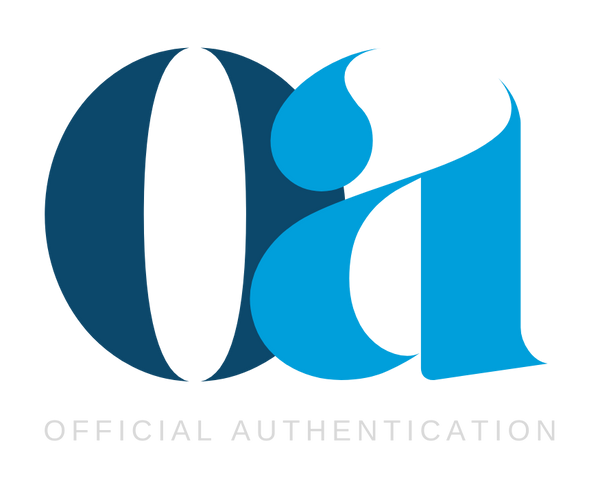Jonathan Anderson's reimagining of Dior's Book Tote represents the most significant design intervention since its 2018 debut. Rather than altering the fundamental architecture, Anderson has revolutionized the bag through literary-inspired surface treatments, transforming it from a logo-centric piece into a sophisticated cultural artifact featuring faithful reproductions of classic book covers like Dracula and Dangerous Liaisons.
Creative Vision Analysis

Anderson's approach shifts from maximalist oblique monogram aesthetics to intellectually-driven design language. Where previous iterations relied on repetitive "Christian Dior" branding, Anderson's versions celebrate literary culture while maintaining commercial appeal. The bags maintain their five-size range but introduce leather construction options alongside traditional canvas, executed through advanced printing techniques that achieve unprecedented detail fidelity.
Authentication Professional Perspective
Anderson's transformation creates new authentication challenges, requiring verification of book cover reproduction accuracy, typography precision, and color matching against original literary editions. While maintaining traditional Dior authentication markers—interior labels, serial numbers, and stitching standards—the literary themes add complexity that counterfeiters struggle to replicate accurately.
Market Impact Assessment
The fashion industry has responded enthusiastically, with critics praising the intellectual sophistication. Market positioning remains premium around €2,750, with Anderson's literary versions likely commanding higher resale values due to their limited-edition nature and cultural significance. The intellectual themes appeal to collectors valuing cultural references beyond traditional luxury branding.
Cultural Context

Anderson's Book Tote transformation reflects broader luxury trends toward cultural storytelling, mirroring his successful Loewe strategies. This positions Dior within the growing "bookish fashion" trend while demonstrating how established luxury icons can be refreshed without losing commercial appeal. By maintaining fundamental structure while revolutionizing visual language, Anderson creates a template for luxury brand reinvention that respects heritage while embracing contemporary cultural values.

